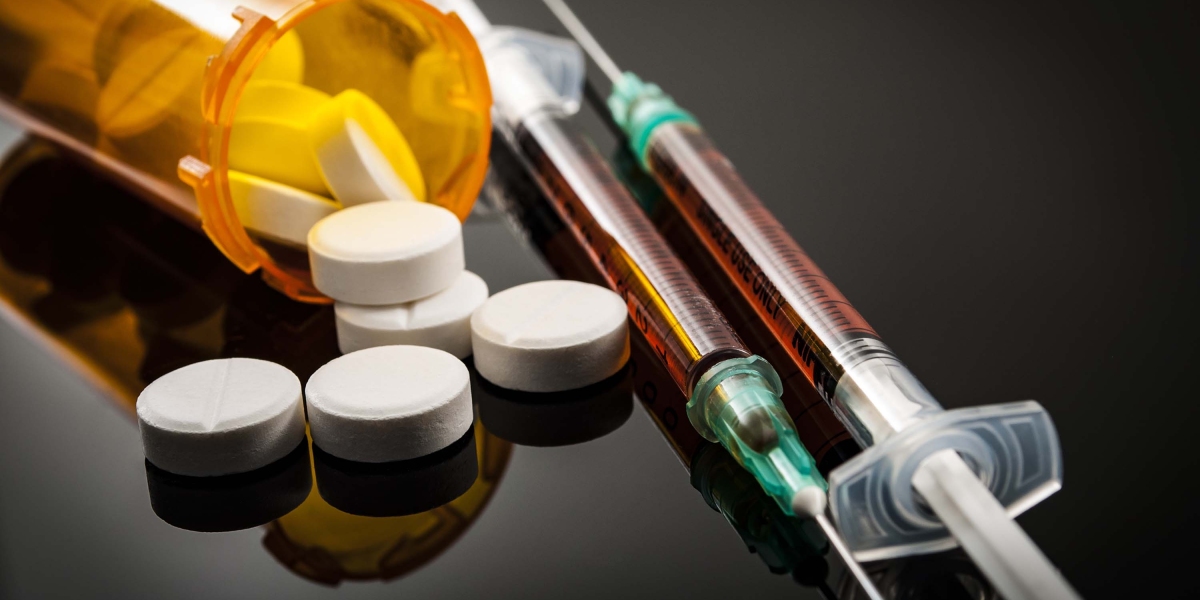Opioid use disorder, previously known as opioid addiction or opioid dependency, is a serious medical illness caused by regular use of prescription opioids, heroin, or other opiates. Opiates are found naturally in opium derived from the poppy plant and synthetic opioids created in labs. Commonly misused prescription opioids include oxycodone, hydrocodone, codeine, morphine, and fentanyl. Opioid use disorder develops when a person's brain and behavior become adapted to the presence of opioids, making cessation of use difficult and leading to withdrawal symptoms when not taking the drug.
The Rise of the Opioid Epidemic
Over prescription of opioid painkillers in the late 1990s helped spark today’s ongoing Opioid Use Disorder overdose epidemic. As many as 6% of patients prescribed opioids for chronic pain misuse them long term. By 2012, prescription opioids were involved in nearly 19,000 overdose deaths. With tightening controls on prescription opioids, more individuals turned to cheaper and more accessible heroin. Between 2012-2015, heroin overdose deaths nearly quadrupled. From 1999-2019, nearly 500,000 Americans died from overdoses involving prescription or illicit opioids. The ongoing human and economic toll demonstrates the urgent need to develop more compassionate solutions.
Understanding the Biology of Opioid Addiction
Repeated opioid use hijacks the brain’s reward system by flooding the nucleus accumbens with dopamine, making activities like eating, sleeping, and sex less appealing. This surge of the “feel-good” neurotransmitter conditions people to associate drug use with pleasure and increasingly prioritize it over other activities. Over time, the brain compensates by producing less dopamine itself and fewer opioid receptors, requiring higher doses to achieve the same effect. Physical withdrawal develops as the brain and body adapt to the chronic presence of the drug, setting in motion cravings and negative emotions if use is disrupted. Multiple systems become unbalanced, and often require medically-assisted treatment to fully normalize.
The Role of Trauma and Mental Health in the Opioid Crisis
Research consistently links childhood trauma, mental illness, and addiction. Almost half of individuals with a substance use disorder also have a diagnosed mental illness. Chronic stress from adverse experiences in childhood increases risk of addiction by permanently altering stress response systems in the body. Many misuse opioids as a way to self-medicate underlying conditions like depression, post-traumatic stress disorder, or physical pain. Unfortunately, treatment approaches have often failed to address root psychological factors. Comprehensive approaches integrating evidence-based behavioral therapies with medication treatment are needed to help heal mind and body.
Barriers to Treatment and the Need for a New Paradigm
An estimated 2.5 million Americans have an opioid use disorder but only 10% receive treatment. Common barriers include stigma and lack of access to medication-assisted treatment options like buprenorphine and methadone. Waitlists are long and few facilities accept insurance. Others may be discouraged by the widely held belief that addiction is simply a lack of willpower rather than a complex medical condition. The criminalization of drug possession also deters many from seeking help. However, countries which have transitioned to a public health approach emphasizing harm reduction over punishment have seen overdoses plummet. To truly curb this epidemic, compassion and evidenced-based solutions must replace stigma as the prevailing paradigm.
Hope for the Future Through Holistic Treatment Models
Innovative programs have shown success through intensive, wrap-around care for complex addiction and trauma. For example, initiatives like Seattle’s Law Enforcement Assisted Diversion program have reduced criminal recidivism among drug offenders by 50% by connecting participants with immediate case management and counseling rather than incarceration. Clinics embrace a patient-centered philosophy with quicker access to medications combined with counseling, housing assistance, job training, and mental healthcare as needed. Peer support specialists with lived experience help combat isolation. Early research indicates medication, therapy, and whole-person care are most effective when provided together long-term, reflecting addiction as a chronic brain disease rather than willful misconduct. With expanded treatment capacity and commitment to compassion, more lives can be saved from this preventable public health crisis.
Get more insights on Opioid Use Disorder









